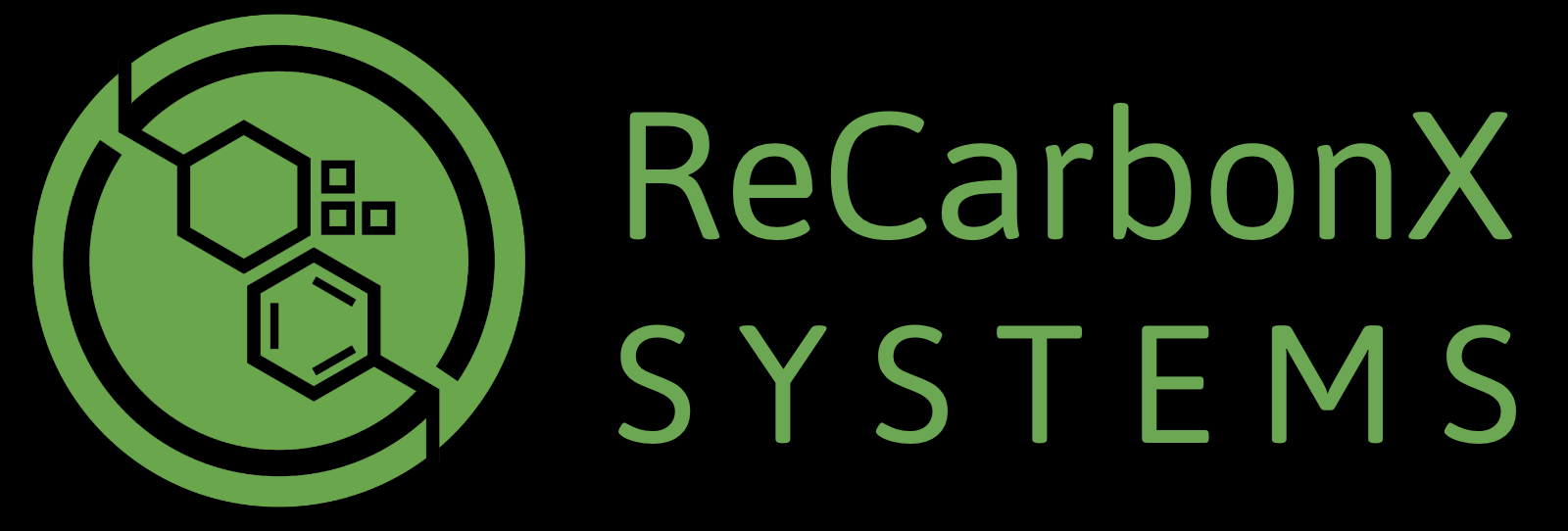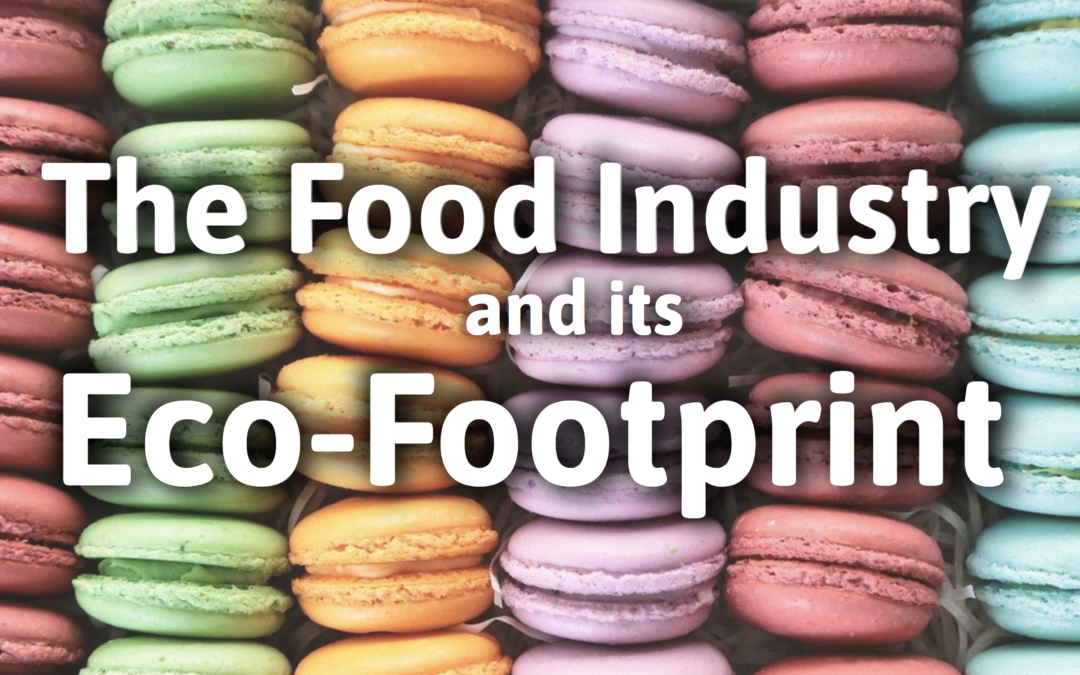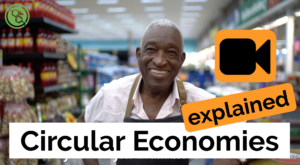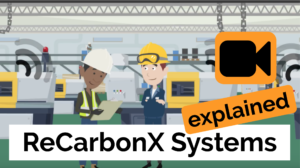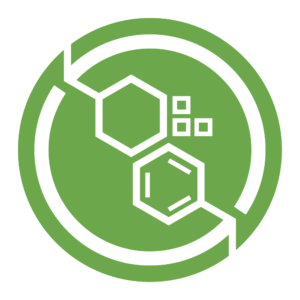Food accounts for 30 per cent of global greenhouse gas emissions,
according to the Food Climate Research Network.
— Financial Times, June 2020
What can we control, and what’s out of our hands?
This is one of the questions we humans have been asking ourselves for eons.
Granted, the temperature of ice-cream might not immediately spring to mind when we ask this type of question – most of us are just happy knowing our Ben&Jerry’s didn’t arrive as a sweet, stinky slush. But it turns out that when we’re talking about cold-storage, there’s some wiggle-room, and it comes down to energy intensity, green refrigerants and better insulation.
As Unilever’s Marc Engel (Chief Supply Chain Officer) has said, “The difference between -18C and -12C is very significant.” Which is why the company will be making changes to their cooling units.
In fact, companies will need to work hard to meet products’ carbon footprint reduction goals; they’ll need to invest in R&D and new product recipes, and to redefine processes.
This is no small task, and It would be a shame if great improvements went unnoticed by consumers. Because, after all, what is a product without a customer?
So how can these sustainability changes be communicated to the general shopper in the supermarket?
Usually, when changes like this are implemented, there is a corporate press release, a one-time marketing campaign and possibly a report to governments. And then there’s the issue of keeping consumers abreast of the impact these changes have made.
But when I – an average shopper – am standing there in the supermarket, do I really know who owns the brand? (Did you know Unilever own Ben&Jerry’s?) Do I remember which product in which advertisement has had which improvement?
So how can we make the equation between brand and sustainability impact easy for an average shopper?
This is where ReCarbonX Systems can help, by making visible for consumers the impacts of company sustainability efforts.
The ReCarbonX tracking system is built on blockchain, and can showcase a product’s entire eco-footprint from cradle to cradle, along the entire value chain.
As well as tracking emissions and other relevant LCA/sustainability data during production, the system automatically tracks critical Quality Control parameters around the clock. So, right there in the supermarket, when you’re standing in front of the ice-cream in the freezer aisle, all it takes is the scan of a QR code to see – and compare – easy-to-understand product eco-footprint data.
No need for repetitive stories and messaging, for counterproductive advertising and marketing campaigns.
Once the system is installed, you, as a producer, would simply need to educate consumers about the importance of checking and comparing product footprints to make data-driven purchasing decisions.
We started with the question: What can we control, and what’s out of our hands?
When the data is made visible and understandable, and when retailers and consumers can see the direct link between the product or brand and its sustainability impact, the data is in the right hands and we have the ability to make informed decisions and to vote with our wallets.
Sustainability is indeed an opportunity rather than a risk; it’s an investment, not just a cost.
*
Contact one of the team to start rendering your value visible today.
Image in this post by Krislandina via Pixabay.
